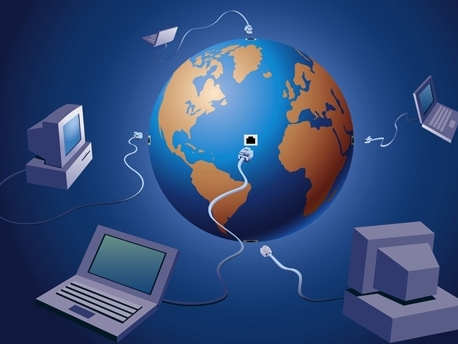
We are starting to see a “digital divide” open up here in Australia. First there was the public bleating by a large section of the retailing sector, complaining of losing customers to online stores because a perceived “un-level” playing field, when in reality the new digital economy has changed retailing
forever. Secondly is the current argument over the merits of the government’s multibillion-dollar National Broadband Network (NBN), but little is being discussed on how such infrastructure could benefit our industry as it moves from analogue to digital processes.
I first heard the term “the digital divide” several years ago. It was used to identify the idea that the world economy could split between those that build prosperous businesses on the back of new technologies and those that cling to the old world. At the time, it was envisaged the digital divide would manifest along geographic boundaries; First World Western economies would boom on the back of a digital explosion and the Third World would miss out due to cost of acquisition.
What we didn’t realise was that the business computing platform would not be a PC or laptop but mobile devices such as smartphones or tablets. This changes the whole digital divide paradigm, as the cost of these devices is relatively cheap, allowing mass uptake.
A recent trip to Jakarta opened my eyes to this. In the taxi, on the bus, in the coffee shops everyone appeared not to be on the phone, but instead on the “smartphone”, in particularly the Blackberry. The Jakarta Post reported that Indonesia has about nine million mobile web users, a figure set to grow at around 30% year-on-year for the next five years. Indonesia is not considered a First World economy but it has quickly bridged the digital divide. It also sits right on our doorstep; we need to take advantage of this.
This brings me back to the NBN issue. Why are we still arguing about the rollout of the fibre-based network? If we are to take our place in the digital economy, fibre to the premises becomes as important as electricity. For us in the print industries, the ability to seamlessly plug into our clients’ and suppliers’ systems becomes mission-critical. While much talk has been about moving print offshore to chase lower labour costs, having a world-class digital infrastructure means that we can work smarter, lowering our costs due to digital efficiencies while taking advantage of the millions of tech-savvy print consumers on our doorstep.
It is likely the “digital divide” won’t be along national boundaries, but along “lines of ignorance”. The retailers have proven to their customers that they are digitally ignorant. Let’s hope our industry doesn’t head down a similar path of protectionism over innovation. Surely a fast, cheap and comprehensive digital network like the NBN promises is a major foundation on which our industry builds on in the coming decades.
Garry Muratore is regional sales manager of GMG Oceania and an authority on pre-press.
Comment below to have your say on this story.
If you have a news story or tip-off, get in touch at editorial@sprinter.com.au.
Sign up to the Sprinter newsletter


